calsfoundation@cals.org
Johnson (Washington County)
| Latitude and Longitude: | 36°07’58″N 094°09’56″W |
| Elevation: | 1,197 feet |
| Area: | 3.61 square miles (2020 Census) |
| Population: | 3,609 (2020 Census) |
| Incorporation Date: | March 6, 1961 |
Historical Population as per the U.S. Census:
|
1810 |
1820 |
1830 |
1840 |
1850 |
1860 |
1870 |
1880 |
1890 |
1900 |
|
– |
– |
– |
– |
– |
– |
– |
|
– |
– |
|
1910 |
1920 |
1930 |
1940 |
1950 |
1960 |
1970 |
1980 |
1990 |
2000 |
|
– |
– |
– |
– |
– |
– |
274 |
519 |
599 |
2,319 |
|
2010 |
2020 |
|
|
|
|
|
|
|
|
|
3,354 |
3,609 |
|
|
|
|
|
|
|
Johnson is a bedroom community situated between Fayetteville (Washington County) and Springdale (Washington and Benton counties). Though Johnson was incorporated in 1961, its history spans a much longer time.
The known history of Johnson begins in 1830–1834 when John Trusdale purchased a mill site west of present-day Johnson from a “widow Sutton.” In 1835, he built a gristmill utilizing the water flow from a number of springs north of the property. The mill was burned during the Civil War in 1864. Following the Civil War, Jacob Queener (J. Q.) Johnson and William Mays purchased the site and rebuilt the mill in 1865. In about 1884, Mayes sold his share of the mill to B. F. Johnson, brother of J. Q. Johnson. The Johnson Mill operated until 1985 when, due to declining health, Frank Johnson (grandson of B. F. Johnson) closed the mill. The renovated facility became the Inn at the Mill, a motel.
The Frisco railroad opened for service on June 8, 1881, through Johnson Switch due in part to pressure from strawberry growers in the area who formed the Johnson Fruitmen’s Union. In 1900, Washington County reported 2,429 acres of strawberries under cultivation with many in the Johnson area. The union also shipped carloads of grapes grown in the area. The Fruitmen’s Union, however, passed into history when modern highways and trucks took most of the produce movement from the railroads.
The village of Johnson secured a post office in 1886, with Joe Ellis as the first postmaster. The post office was in the home of William Mays, west of Johnson. Mays built a store building in Johnson, which was later the Boswell Store. The post office later moved to the Combs Store.
In 1898, land for a school was purchased from W. L. “Bill” Stuckey and his wife, Josie. The one-room school was built in 1899, with Mack Davis serving as the first teacher. On January 5, 1899, local citizens successfully petitioned the county school board to establish a school district at Johnson. The Johnson School District was consolidated into Fayetteville’s school system on February 9, 1949, but classes were actually held until the end of the 1952–53 school year. Elementary students were then transported to Root Elementary in Fayetteville.
The Crescent White Lime Company purchased land along Clear Creek in 1897. In 1903, the name was changed to the Ozark White Lime Company, located two miles west of Johnson. Many residents worked at the kiln; a May 11, 1980, newspaper article from the Morning News described lime mining as being vital to the economic well-being of the community. The company operated two lime plants, which used a total of five kilns to burn the rock for processing into lime. Each kiln burned enough rock to produce approximately 400 barrels of lime daily. Approximately 100 men worked at the kilns and quarries year round. Additional workers were hired when the kilns operated simultaneously. The exact date the operations ceased is in question.
A Methodist church was organized in Johnson in 1903 but became inactive in 1906. In about 1912, a Southern Baptist church was organized as a mission of the Fayetteville First Baptist Church. After two or three years, the church became inactive, but it was reactivated during World War I. The Johnson Church of Christ began with a meeting held by M. Sherman Gabbard in 1924.
Businesses in Johnson over the years include John Boswell’s barber shop, with a chili stand and cold drinks on the west side of the railroad tracks in 1904. During World War I, John Boswell purchased the building on the east side of the tracks owned by Captain Mayes, the one-time Dudley store, and kept a mercantile there until his death. Dick Lichlyter was a blacksmith and had a shop in Johnson for more than forty years. A canning factory built in the early 1930s brought residents to the area who built new homes, thus creating a larger and more permanent community. Simpson’s Truck Body Shop was owned and operated by Upton Simpson beginning in 1951.
The Ozark Trout Farm near Johnson, built in 1940, was a tourist attraction for the town. Located north of the Johnson Mill is a large spring out of which flowed fifty-six-degree water year round. Roy Brumfield leased the spring from the Johnson family and built a hatchery and raceways. Under new ownership in the post–World War II years, the farm shipped fresh trout to large hotel restaurants in the East. A 1971 gasoline spill in the underground stream feeding the spring, however, killed off the entire stock of fish.
The caves of the former limestone quarries were converted into underground cold storage facilities by Zero Mountain, which, in 1955, began receiving frozen products for storage. Founded in Johnson, the company is now based in Fort Smith (Sebastian County) and has storage units in four northwest Arkansas locations, including the original site at Johnson.
In order to be eligible for water and sewer services, local leaders led the push to incorporate Johnson, which achieved incorporated city status in 1961.
In the 1990s, the city of Springdale annexed land on its southwest side near Johnson. Fayetteville annexed land to its north, forcing Johnson to draw its boundaries in a western direction. The need grew to annex more land for commercial construction in order to reap sales tax revenue to keep the city operating. A step in this direction was the building of a new women’s clinic and various medical facilities inside Johnson. Modern Johnson’s Main Street is lined with businesses ranging from banks to physicians’ offices. However, the growth of the population is directly related to the building of apartments mostly occupied by students of the University of Arkansas (UA) in Fayetteville.
In 2019, the offices of KFSM-TV were consolidated in a facility in Johnson.
For additional information:
History of Washington County, Arkansas. Springdale AR: Shiloh Museum, 1989.
Rothrock, Thomas. “The Story of Johnson.” Flashback 4 (November 1954): 15–18.
Mary Ellen Johnson
Orphan Train Heritage Society
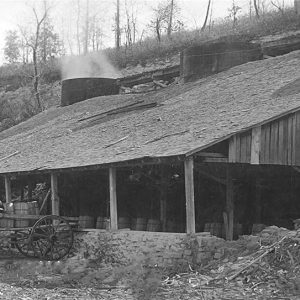 Burning Lime
Burning Lime  Inn at the Mill
Inn at the Mill  Inn at the Mill Lobby
Inn at the Mill Lobby 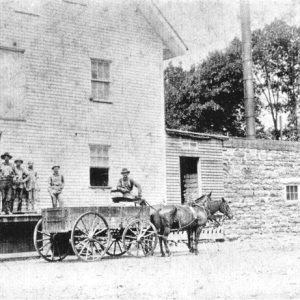 Johnson Warehouse
Johnson Warehouse 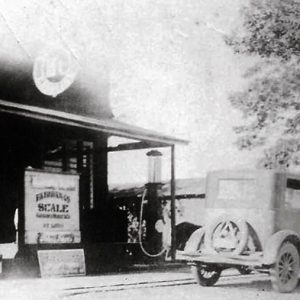 Johnson Store
Johnson Store 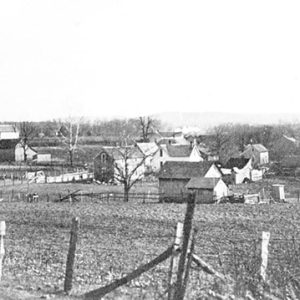 Johnson, 1910
Johnson, 1910  Johnson Lime Kiln
Johnson Lime Kiln 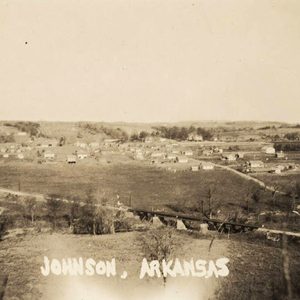 Johnson Overlook
Johnson Overlook 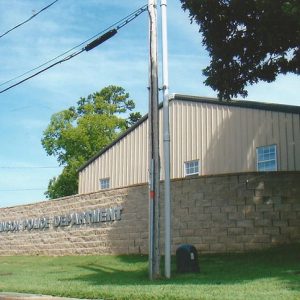 Johnson PD
Johnson PD 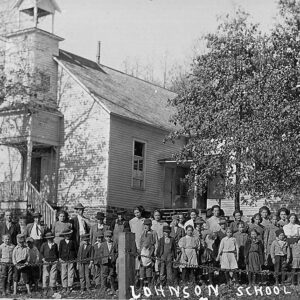 Johnson School
Johnson School 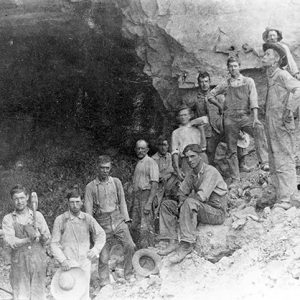 Lime Quarry
Lime Quarry 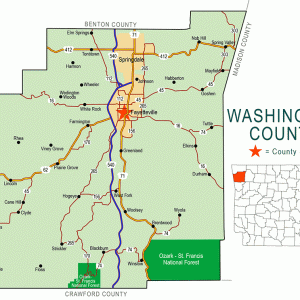 Washington County Map
Washington County Map 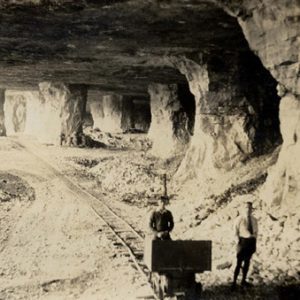 Zero Mountain Caverns
Zero Mountain Caverns 




Comments
No comments on this entry yet.